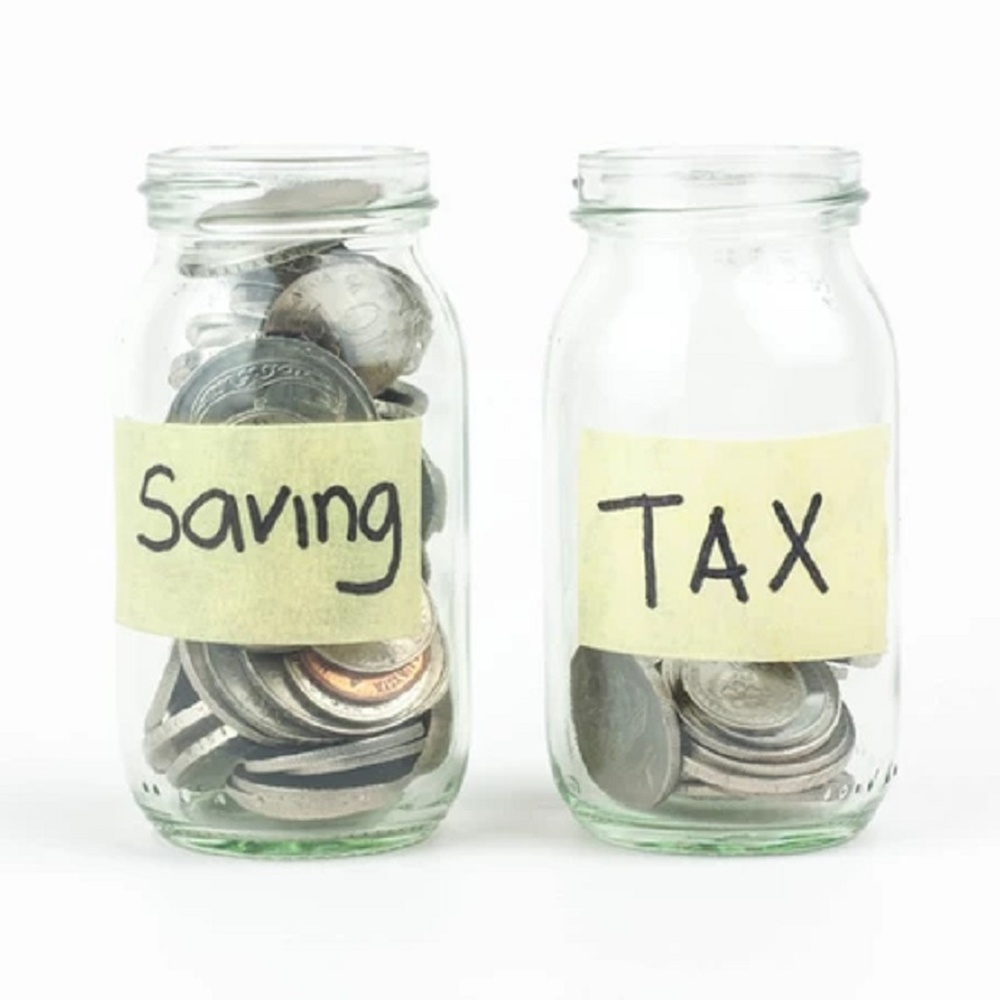RRSP & TFSA 101 – How to save on taxes

Tax season is around the corner and for those who have not taken advantage of either RRSP or TFSA in the past, things can get very confusing. Our clients often say that they have heard from family, friends, and colleagues about the advantages and disadvantages of RRSP and TFSA but, they are not sure if this is something that they should consider as part of their savings or retirement strategy. In this blog, we have summarized the differences between the two and explained potential tax savings with an example.
WHAT IS AN RRSP?
Registered Retirement Savings Plan (RRSP) is an investment plan that is set up through a financial institution and can be used to hold cash or a combination of eligible investments such as GIC’s, stocks, mutual funds, and bonds. Any contributions made towards an RRSP would reduce your taxable income and personal tax liability for the year. In some situations, you could be eligible to receive a refund. The foremost advantage of RRSP’s is that you defer paying taxes until you retire and will have a lower tax rate.
RRSP’s are beneficial for individuals who have disposable income which they would like to park away in investment vehicles that would provide a decent year over year return for their retirement. Having said that, RRSP’s are not just for people looking to save up for retirement. If managed smartly, you can withdraw money from your RRSP during years in which your income is not as high, when purchasing your first home or when you are expecting to go on maternity/paternity leave.
For a lot of individuals who struggle with managing personal finances, setting up a monthly RRSP contribution in your early years is an effective way of building up an emergency fund or saving for retirement.
WHAT IS A TFSA?
Tax Free Savings Account (TFSA) was designed to supplement RRSP and can hold the same investments mentioned above for RRSP’s. Contributions to a TFSA are made from income that has already been taxed. It encourages people to set money aside for investments and any growth in this account from investment income or gains is tax-free. The financial institution that you hold a TFSA account with will not generate an income slip for the gains in this account.
TFSA’s are beneficial for individuals who are saving to purchase a new car, renovating their home, buying a new home, starting a business, taking a vacation or building an emergency fund. The funds can be invested in short term investments and can be withdrawn whenever you want without any tax implications.
For those individuals who have maximized their RRSP contributions and still have disposable income, TFSA’s can be used to complement these investments. The growth in these savings would be tax free and it would help your money grow faster.
KEY DIFFERENCES
RRSP
- Contributions are tax deductible.
- Investment growth would not be subject to income tax.
- Withdrawals are subject to income tax.
- Withdrawals can only be deposited back if you have additional contribution room.
- The contribution room is lost when funds are withdrawn.
- Matures in the year that you turn 71
TFSA
- Contributions are not tax deductible.
- Investment growth would not be subject to income tax.
- Withdrawals are not subject to income tax.
- Withdrawals can only be deposited back in subsequent calendar years.
- Does not mature and can be maintained for your entire lifetime
CONTRIBUTION LIMITS IN 2019
- RRSP: The maximum that you can contribute for 2019 is 18% of earned income up to a maximum of $26,500. The CRA allows you to carry forward the unused contribution room indefinitely. It would be best to check your notice of assessment from 2018 to confirm if you have any unused contribution room from previous years.
- TFSA: The maximum amount that you can contribute for 2019 is $6,000. Any unused contribution room carries forward to the next year. If you have been eligible but have not contributed to a TSFA since its introduction in 2009, your cumulative limit is $63,500.
EXAMPLE
Eric lives in Ontario and has earned $90,000 in 2019 from his full-time employment and does not have any other income that he needs to report on his personal tax return. He will not receive a refund or owe any taxes if his employer has deducted the correct amount of income tax, CPP and EI premiums. Eric has saved $10,000 and is considering putting these funds either in an RRSP or TFSA. Let’s look at the impact of this on his taxes.
- RRSP: Contributing $10,000 to an RRSP would reduce Eric’s table income to $80,000. Since his employer has already deducted taxes based on the $90,000 income he received, Eric will receive a tax refund of approximately $3,000. If Eric decides to take money out of this RRSP account in the future, that amount will be added to his taxable income in the year that it is withdrawn.
- TSFA: Contributing $10,000 to a TFSA would have no impact on Eric’s taxes for 2019. However, any growth in this account would not be taxed. If Eric decides to pull money out of this TFSA account, there will be no tax impact on his future returns.
- RRSP & TFSA: Eric is considering taking a vacation towards the end of 2020 and would need $5,000 from the $10,000 that he has saved. He decides to contribute $5,000 towards his RRSP which will provide him a tax refund of approximately $1,500 and the rest he contributes to this TFSA account.
As with any financial matter, everyone’s personal situation is different, and it would be in your best interests to consult a professional before deciding. At Counttech we provide tax planning services throughout the year so that clients can assess the impact that their financial decisions will have on their personal tax returns.